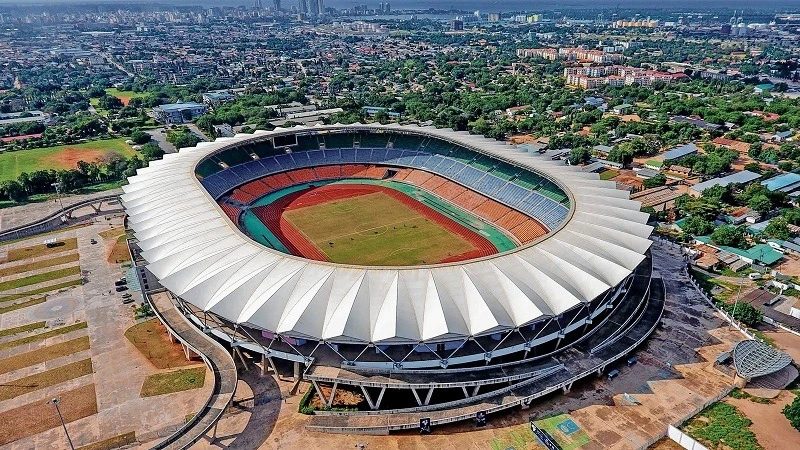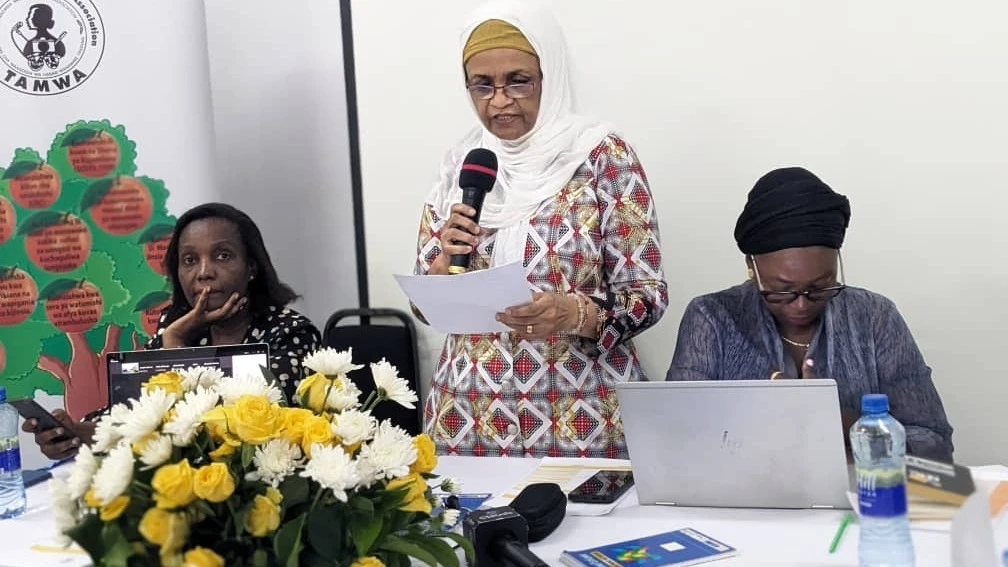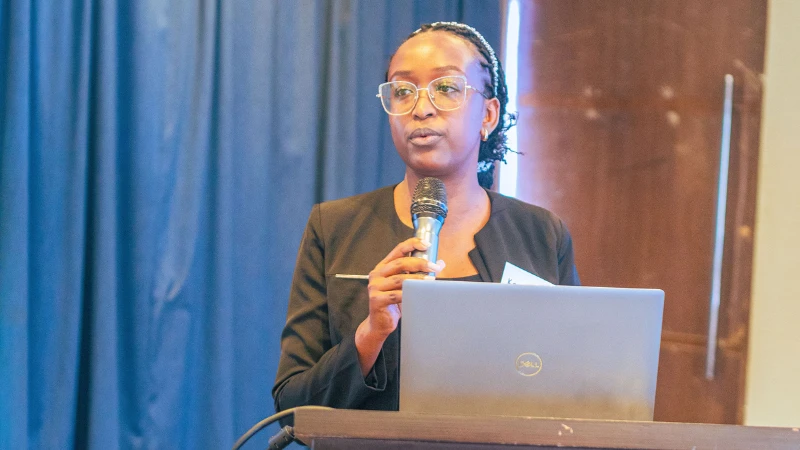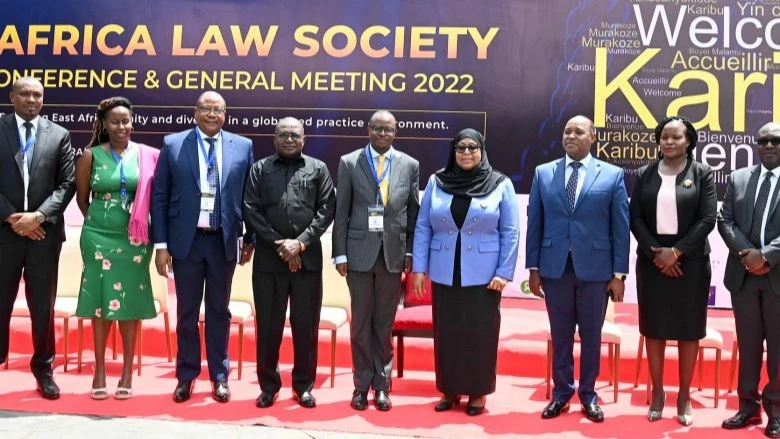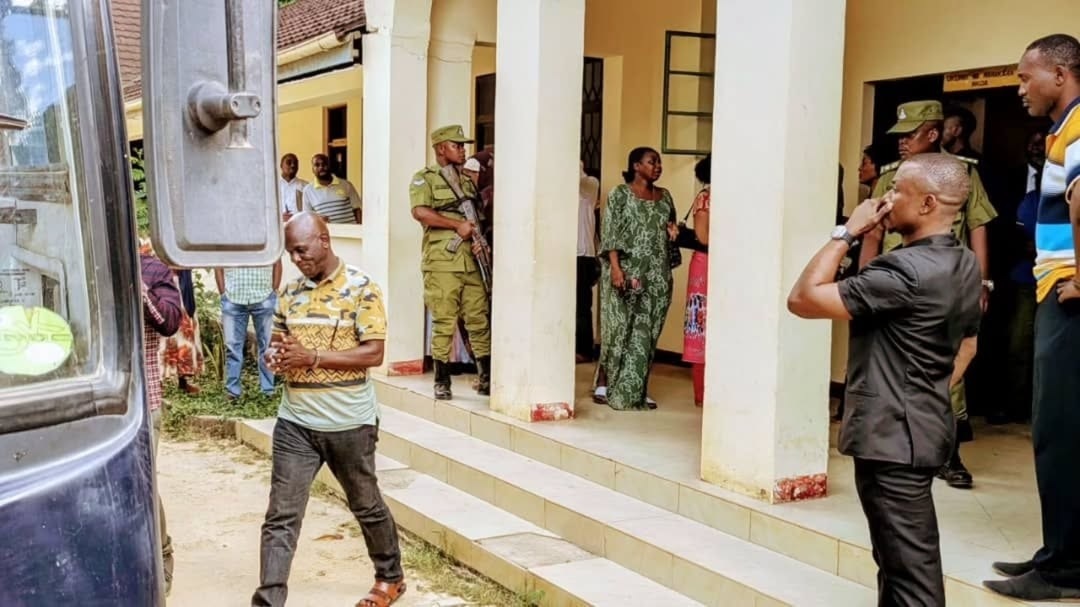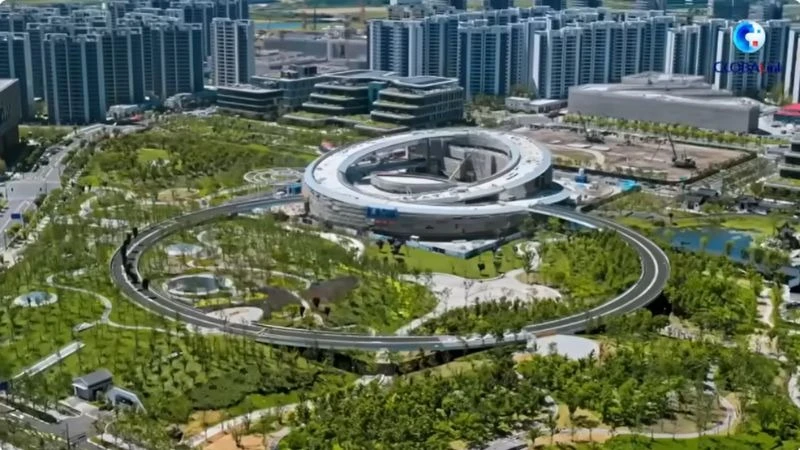Early demarcation crucial to stem land conflicts in Tanzania, experts suggest

The demarcation of village boundaries, including those with conservation authorities and other land users, must begin at the earliest stages of village establishment to prevent widespread land disputes.
This crucial recommendation comes as Tanzania continues to grapple with conflicts arising from citizens encroaching on neighboring lands in search of agricultural plots, mining opportunities, or forests for charcoal production.
Peter Mtoro, a community-based forest management officer at the Tanzania Forest Conservation Group (TFCG), stated that many villages are formed without clearly defined or marked boundaries at their inception.
He noted that conflicts often emerge when valuable resources like agricultural land or minerals are discovered in adjacent, poorly demarcated villages.
Mtoro attributed ongoing boundary disputes to a lack of effective coordination between the Ministry of Lands and the President’s Office-Regional Administration and Local Government (PO-RALG) during the village establishment process.
Despite the newly revised national land policy (2023 Edition) and the Land Surveying Law (Chapter 324), which outline procedures for surveying and mapping village boundaries, conflicts persist between villages, and between villages and conservation authorities, across various regions.
While 11,744 out of Tanzania's 12,318 villages have been surveyed, boundary disputes continue. Mtoro emphasized the critical need for strong collaboration between the Ministry of Lands and PO-RALG to ensure boundaries are clearly defined before a village is officially declared.
To prevent such disputes, documented agreements on village boundaries between neighboring villages are essential for reference.
These documents should include meeting minutes, a list of participants involved in the boundary verification process from both sides, and all records should be accessible at the Ministry of Lands, District Councils, and village levels.
Mtoro highlighted the current challenge of finding these crucial documents when attempting to resolve disputes, hindering peaceful resolution.
He further explained that residents often do not recognize village maps because they were not involved in the boundary demarcation process. Therefore, aligning boundary demarcation with village establishment, involving communities, and ensuring comprehensive record-keeping are paramount.
Mtoro identified several key factors contributing to village boundary disputes: many villages are established without clearly defined boundaries or markers at their creation; conflicts frequently arise when valuable resources such as agricultural land or minerals are involved; there is weak collaboration between PO-RALG and the Ministry of Lands; and poor record-keeping of agreements exists at all administrative levels.
He added that resolving these disputes is challenging due to difficulties in obtaining records of agreements and identifying individuals who signed boundary-setting documents for the disputed area.
To address these issues, Mtoro recommended providing education on land and land management to village council leaders, especially new ones who take office every three to five years. He also urged PO-RALG to work closely with land officers from the Ministry of Lands during village establishment, as the current lack of involvement of land officers in demarcating boundaries significantly contributes to conflicts.
Ali Mnunga, Handeni District Land Officer, commented that boundary conflicts often emerge between villages during the process of adjusting village boundaries, particularly when revising village maps, conducting land use planning, or making land adjustments to show exact boundary lines.
Mnunga stated that land officers actively involve communities in land-related matters, such as presenting updated maps after land use planning, to help eliminate disputes.
Demarcating village land boundaries at an early stage, before official establishment, is crucial for resolving potential land conflicts, encouraging investment, and promoting sustainable development. Clear land ownership fosters a sense of security, prompting residents to pursue development initiatives, improve livelihoods, and contribute to overall growth.
Top Headlines
© 2025 IPPMEDIA.COM. ALL RIGHTS RESERVED







